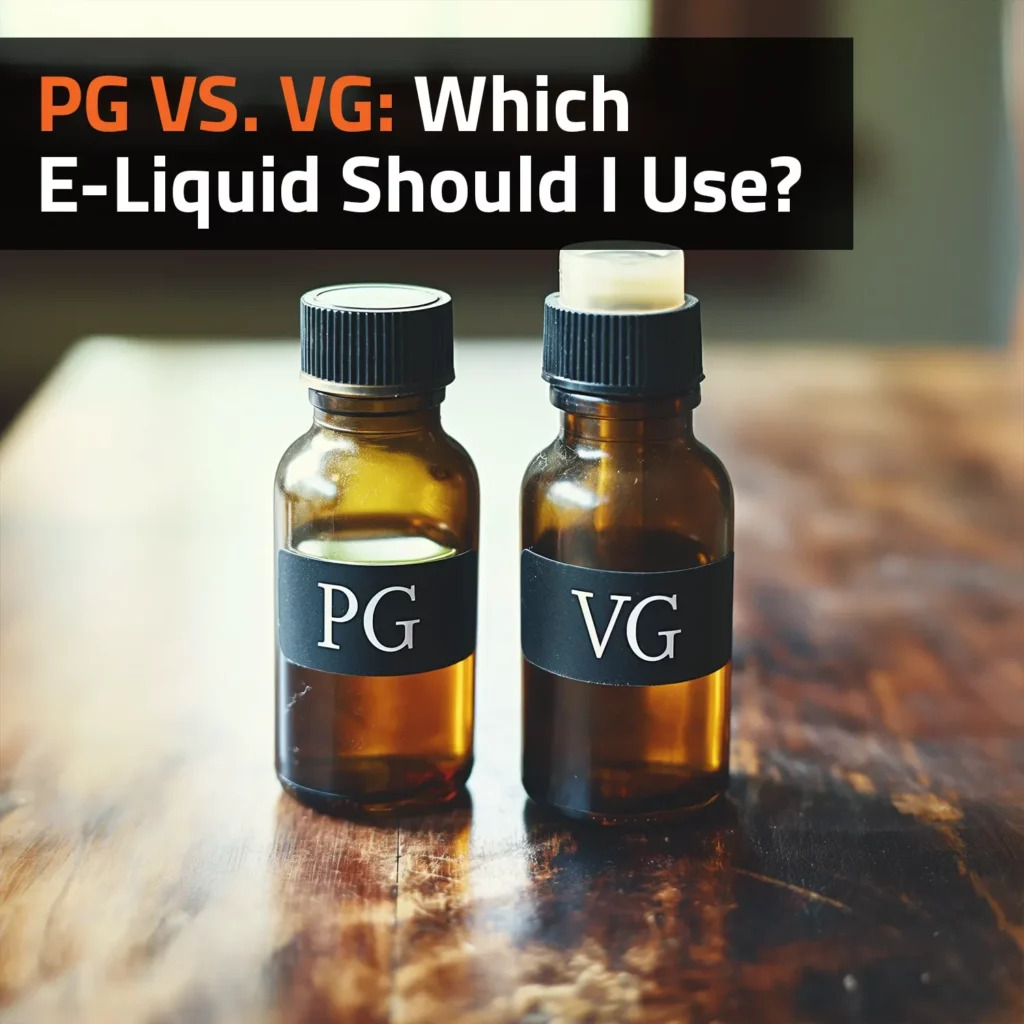E-liquids consist primarily of two key ingredients: propylene glycol (PG) and vegetable glycerine (VG). These components form the base for the e-liquid, to which flavour concentrates and nicotine can be added. The ratio of PG to VG in an e-liquid is important as it influences its viscosity, flavour delivery, throat hit, and vapour production. Understanding the characteristics of these two substances can help you choose the right e-liquid for a more personalised vaping experience.
-
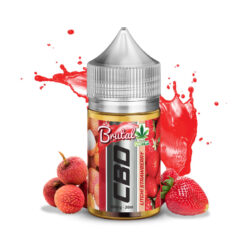 Brutal CBD – Litchi StrawberryR195.00 – R380.00
Brutal CBD – Litchi StrawberryR195.00 – R380.00 -
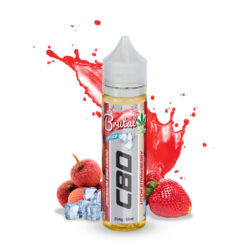 Brutal CBD 25mg – Litchi Strawberry On IceR150.00
Brutal CBD 25mg – Litchi Strawberry On IceR150.00 -
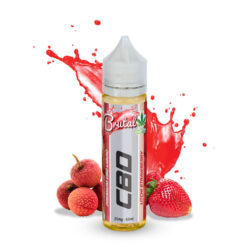 Brutal CBD 25mg – Litchi StrawberryR150.00
Brutal CBD 25mg – Litchi StrawberryR150.00 -
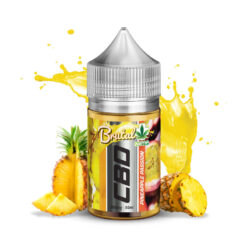 Brutal CBD – Pineapple PassionR195.00 – R380.00
Brutal CBD – Pineapple PassionR195.00 – R380.00
Understanding PG And VG In E-Liquid
PG and VG are essential components of all e-liquids. Their proportions affect various aspects of your vaping experience, so it is essential to understand the characteristics of each.
What Is Propylene Glycol (PG)?
Propylene glycol is a synthetic, colourless, and odourless liquid commonly used as a base in e-liquids. PG is known for delivering a stronger throat hit, which can closely mimic the sensation of smoking traditional cigarettes. This makes it a popular choice for those seeking a similar experience to smoking. However, e-liquids with a high PG content (over 70%) are less common because the throat hit is usually too harsh for most users.
PG is thinner than VG, allowing it to wick easily through the coil. Therefore, it is less likely to clog up your device. Additionally, PG is an excellent carrier of flavour, enhancing the taste of the added concentrates. Beyond vaping, PG is widely used in everyday products like toothpaste, soft drinks, and even stage fog, where it acts as a moisture preserver and stabiliser. The FDA has classified PG as “generally recognised as safe,” ensuring its widespread use in food and consumer goods.
What Is Vegetable Glycerine (VG)?
Vegetable Glycerine is a natural, colourless, odourless liquid derived from vegetable oils. VG is known for producing large clouds of vapour and delivering a smoother throat hit, making it ideal for those who prefer a gentler vaping experience or enjoy “cloud chasing” with sub-ohm devices.
VG has a thicker consistency than PG, which can affect how the e-liquid interacts with your vaping device. E-liquids with a high VG content (over 80%) can become quite thick, potentially clogging coils and requiring longer wicking and priming times. This thicker consistency can lead to issues like “dry hits” if the wick isn’t fully saturated between puffs.
VG has a slightly sweet taste that can subtly influence the flavour of the e-liquid. Like PG, VG is commonly used in food, cosmetics, and pharmaceuticals, offering benefits such as adding sweetness or preventing ice crystals in frozen products. The FDA also classifies VG as “generally recognised as safe,” making it a trusted ingredient in a wide range of products.
What Is The Best PG/VG Ratio?
Selecting the right PG/VG ratio for your e-liquid is crucial to achieving the best vaping experience, and it largely depends on the type of device and coil resistance you’re using.
PG/VG Ratios For Mouth-To-Lung (MTL) Devices
Mouth-to-lung (MTL) devices, which typically have coils with a resistance of above 1 Ω, perform best with e-liquids that are 60% VG or less. Higher VG levels result in thicker e-liquids, which can cause these coils to clog and eventually stop working. For MTL devices, e-liquids with a balanced ratio like 50 PG / 50 VG or a slight preference for VG are good choices. These ratios provide a good mix of throat hit and vapour production without overwhelming the coils.
PG/VG Ratios For Direct-To-Lung (DTL) And Sub-Ohm Devices
Direct-to-lung (DTL) and sub-ohm devices, which use coils with a resistance of less than 1 Ω, are better suited for e-liquids with a higher VG content – typically 70% VG or higher. These devices are designed to handle thicker, VG-heavy e-liquids, allowing for the production of larger and denser vapour clouds. If you’re using a DTL or sub-ohm setup, e-liquids with a high VG ratio will work best.
Considerations For Newer Coils
Advancements in coil technology mean that some newer MTL coils can accommodate higher VG e-liquids. It is always a good idea to check the manufacturer’s recommendations for your specific device and coil to ensure that you are using the best PG/VG ratio for your setup.
Is There An Optimal PG/VG Ratio For Flavour?
Many vapers transition to sub-ohm devices as they get more experienced for two main reasons: enhanced flavour and impressive cloud production.
While PG is known for its ability to carry flavours, the intensity of those flavours can be limited by the device and coil you use. On the other hand, sub-ohm devices with higher VG e-liquids produce significantly more vapour, leading to a richer flavour experience.
Some vapers discover that different PG/VG ratios work better with specific flavour profiles. For instance, the sweetness and dense vapour from VG e-liquids perfectly complement rich dessert flavours, while PG-based e-liquids can highlight the crispness of fruit and the depth of tobacco flavours.
How Does The PG/VG Ratio Influence Your Nicotine Strength?
You may have seen that e-liquids with a higher PG ratio are often available in stronger nicotine levels, while e-liquids with a higher VG ratio typically max out at around 3 mg. This difference is due to the way you inhale vapour with different devices.
When using a DTL sub-ohm device, which is designed for VG-heavy e-liquids, you inhale more vapour – and therefore more nicotine – than you would with an MTL device. As a result, the higher nicotine levels can be very harsh and can even make you feel very ill when vaping with a DTL setup.
Choosing the PG/VG ratio in your e-liquid ultimately comes down to your personal preferences and the type of vaping experience you’re seeking. If you prefer a stronger throat hit and more intense flavours, a higher PG ratio may be the right choice for you. If you’re looking for smoother hits and large clouds, a VG-heavy e-liquid is a better option. Understanding how these two components affect your vaping experience can help you make informed decisions, ensuring you get the most out of your device and enjoy the experience that suits you best.


